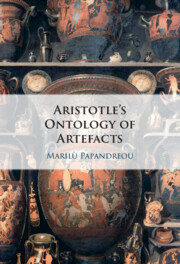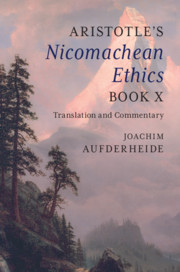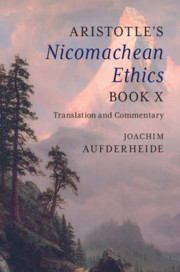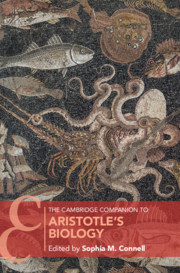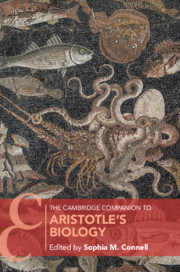Aristotle's Ontology of Artefacts
It is commonly believed that Aristotle merely uses artefacts as examples or analogical cases. This book, however, shows that Aristotle gives a specific, coherent account of artefacts that in various ways owes much to Plato. Moreover, it proposes a new, definitive solution to the problem of artefacts' substantiality, which comprises two controversial positions: (i) that Aristotle holds a binary view of substantiality according to which artefacts are not substances at all; (ii) that artefacts fail to be substances because they exhibit less of a unity than natural wholes. Finally, responding to the contemporary debate on ordinary objects, the book identifies the main propositions for an ontology of artefacts that aspires to use Aristotle as its authority and can serve as a guideline for current metaphysical discussions. This title is part of the Flip it Open Programme and may also be available Open Access. Check our website Cambridge Core for details.
- Identifies the main philosophical propositions advanced by Aristotle's ontology of artefacts in a manner that is sensitive to currently discussed issues
- Offers a chapter on Plato and frames the reconstruction of Aristotle's account as a response to his manifold engagement with the Platonic heritage
- Presents meticulous translation and analysis of every relevant passage from Aristotle's corpus
Reviews & endorsements
‘This is a rich and well-researched book that will influence future discussions on Aristotle’s account of artefacts.’ Riin Sirkel, Bryn Mawr Classical Review
Product details
December 2023Hardback
9781009340502
320 pages
235 × 155 × 20 mm
0.626kg
Available
Table of Contents
- Introduction
- 1. The platonic heritage
- 2. Using artefacts against Plato
- 3. Aristotle's building blocks in the Physics
- 4. Artefacts as hylomorphic compounds
- 5. Forms of artefacts as inert and intermittent
- 6. The relation between matter and form in artefacts
- 7. The relation between parts and whole in artefacts
- 8. The physics and metaphysics of artefacts
- Conclusions.

